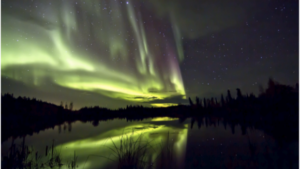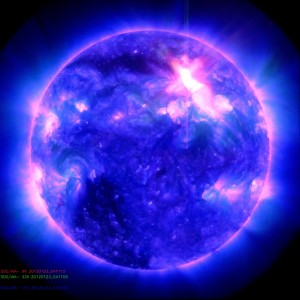Per spaceweather.com & NOAA’s Space Weather Prediction Center (SWPC):
“A high-speed stream of solar wind is approaching Earth, and NOAA forecasters say there is a 75% chance of polar geomagnetic storms when it arrives during the late hours of Dec. 4th. Periods of moderately-strong G2-class storming on Dec. 4th and 5th could send Northern Lights spilling across the Canadian border into upper-tier US states; affect shortwave radio transmissions at high latitudes; and confuse wildlife that use magnetic cues for navigation.”
The SWPC forecasts G-2 conditions starting at 2100 UT on 04 Dec and lasting through 06 UT on 05 Dec.
Though there is only a 1% chance of this G-2 causing a “radio blackout”, shortwave transmissions at higher latitudes will be affected.
You can subscribe to the SWPC to receive daily forecasts emailed to your INBOX at the following NOAA site:
https://pss.swpc.noaa.gov/RegistrationForm.aspx
Troy Riedel, is the author of this post and a regular contributor to the SWLing Post. Check out Troy’s YouTube Channel by clicking here.


